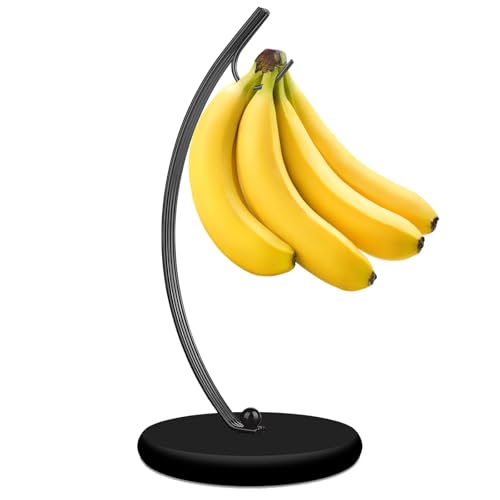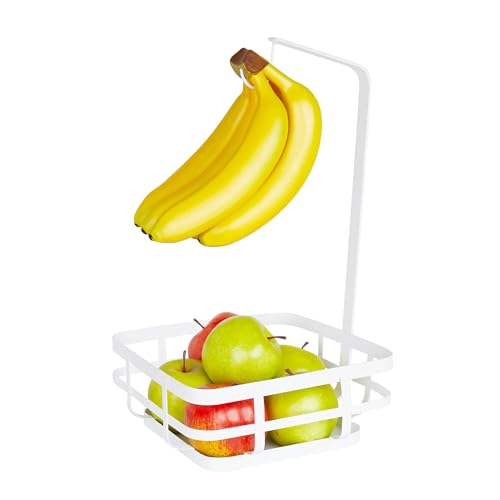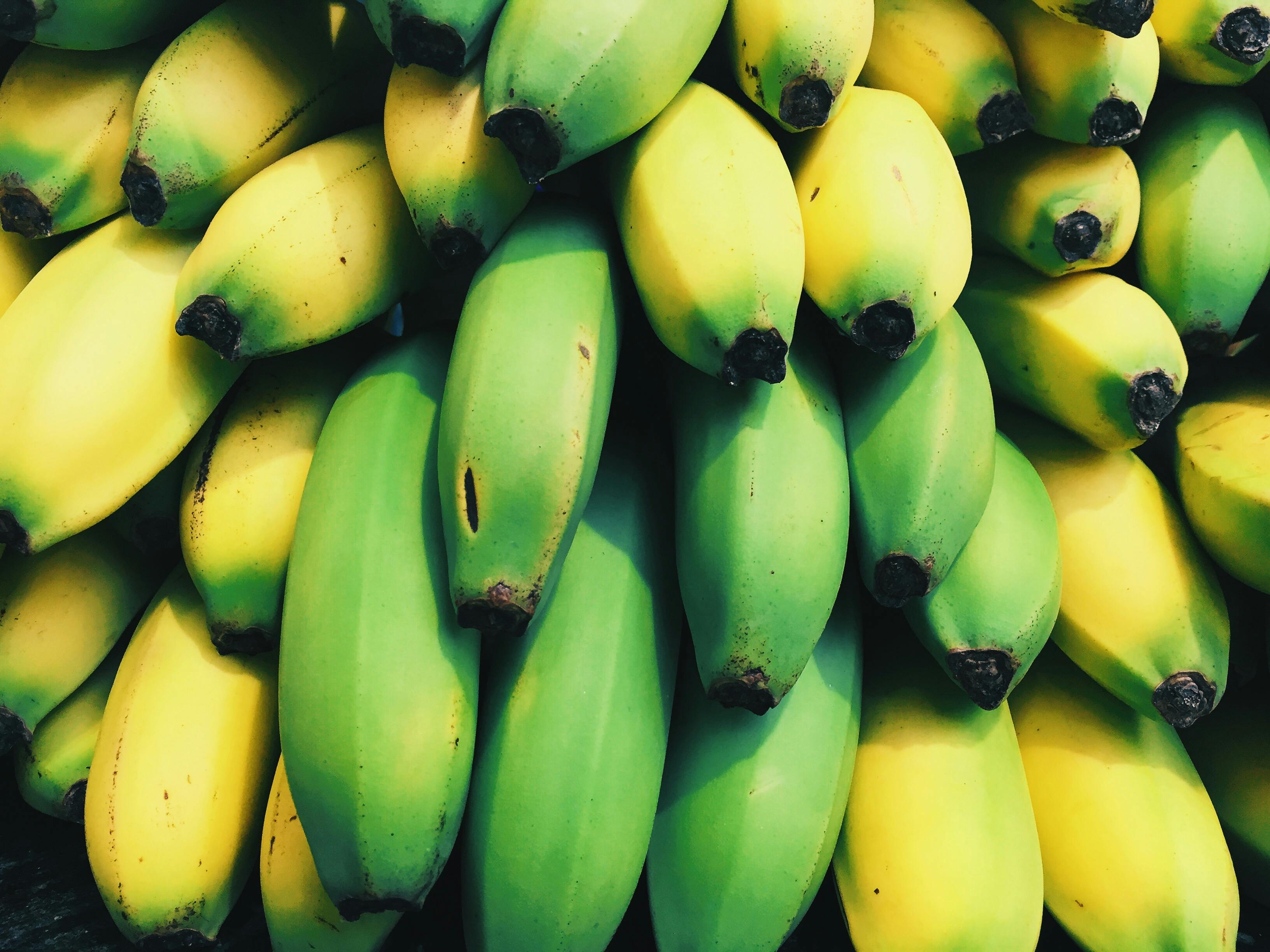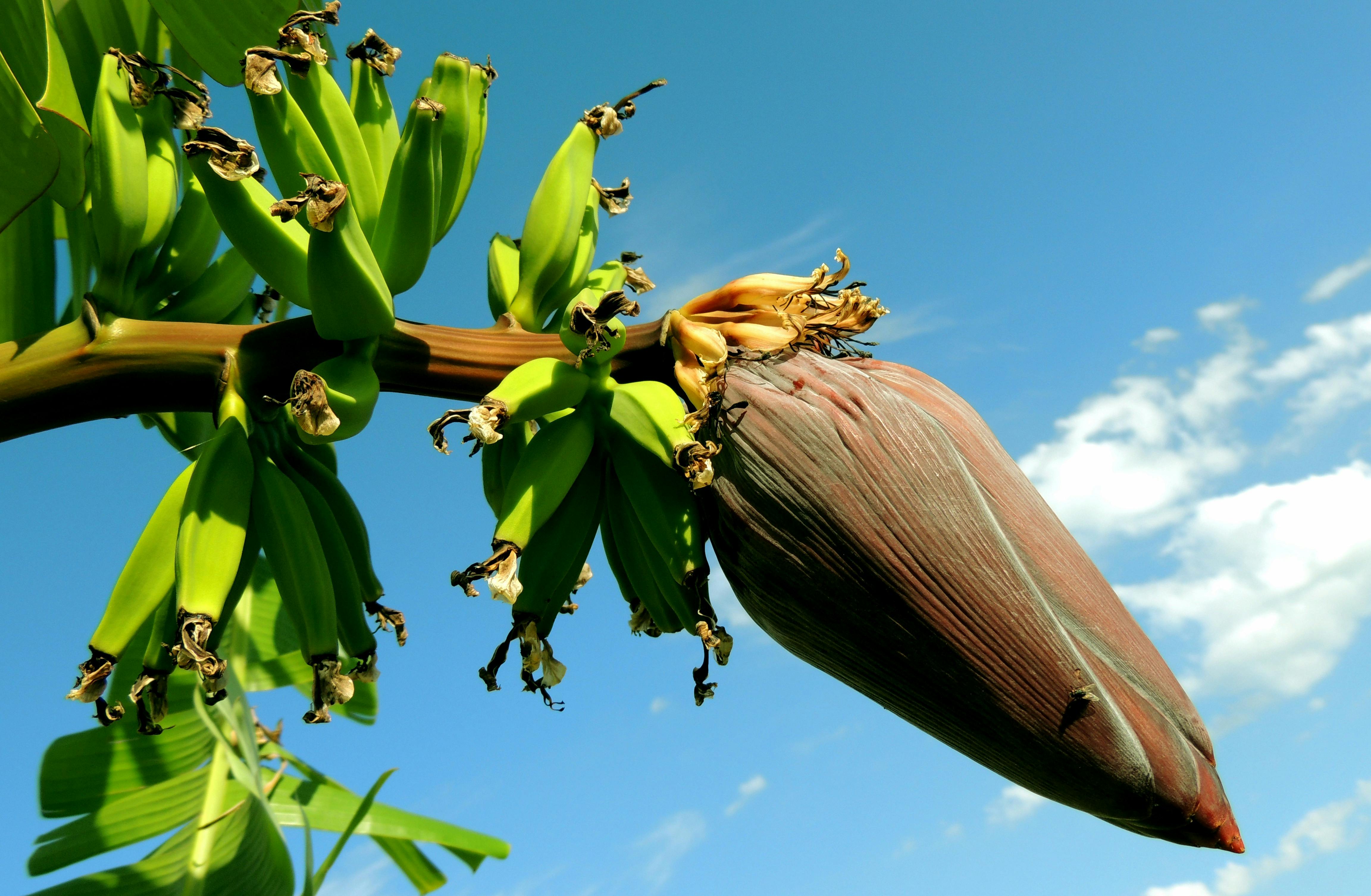Key Takeaways
- Natural Sweetness and Moisture: Bananas add inherent sweetness and moisture to baked goods, allowing you to reduce added sugars and fats for healthier treats.
- Nutritional Boost: Incorporating bananas enhances the nutritional value of your recipes with essential vitamins, potassium, and dietary fiber.
- Versatile Baking Ingredient: From cakes and muffins to bread and cookies, bananas can be used in a wide range of recipes, offering endless creative possibilities.
- Cost-Effective and Sustainable: Utilizing overripe bananas helps minimize food waste and provides an affordable ingredient option year-round.
- Improved Texture and Shelf Life: Bananas contribute to a tender, moist crumb in baked goods and help extend their freshness, keeping treats delicious longer.
- Easy Preparation and Enhancement: Simple to mash and incorporate, bananas streamline the baking process while allowing for flavor variations with add-ins like chocolate chips and nuts.

There’s something magical about bananas in baking. Their natural sweetness and creamy texture can transform simple recipes into delightful treats. Whether you’re whipping up a moist banana cake or fluffy banana muffins, these versatile fruits add a unique flavor that’s hard to resist.
I love experimenting with bananas in the kitchen because they not only taste great but also bring a healthier twist to desserts. From quick banana bread to decadent banana cupcakes and more, there’s so much you can create. Plus they’re a great way to use up overripe bananas, reducing waste and adding extra goodness to your baked goods.
Let’s dive into the wonderful world of baking with bananas and discover some of my favorite recipes that are sure to please everyone.
Benefits of Baking with Bananas

Baking with bananas offers numerous advantages that enhance both the nutritional value and the texture of your baked goods.
Natural Sweetness
Bananas provide a natural sweetness, reducing the need for added sugars. A medium banana contains approximately 14 grams of sugar, which can sweeten cakes and muffins without the extra calories from refined sugar sources.
Moisture and Texture
Bananas contribute moisture to baked goods, resulting in a tender and moist crumb. This eliminates the need for additional oils or butters. The high pectin content in bananas helps bind ingredients, improving the overall structure of the baked item.
Nutritional Benefits
Incorporating bananas adds essential nutrients to your recipes. They are a good source of potassium, vitamin C, and dietary fiber. A single banana provides about 422 mg of potassium, which supports heart health and muscle function.
Fat Replacement
Bananas can replace fats like butter or oil in recipes. For every half cup of fat, you can use one mashed banana. This substitution lowers the saturated fat content, making your baked goods healthier.
Extended Shelf Life
Baked goods made with bananas tend to stay fresh longer. The natural sugars and moisture in bananas help retain freshness, reducing the rate at which baked items become stale.
Versatility
Bananas pair well with various flavors, including chocolate, nuts, and spices. This versatility allows for creative and diverse recipe development, catering to different taste preferences and dietary needs.
Reduction of Food Waste
Using overripe bananas prevents food waste by utilizing fruit that might otherwise be discarded. This practice supports sustainable baking and contributes to a more eco-friendly kitchen.
Cost-Effectiveness
Bananas are generally affordable and widely available year-round. Their versatility in recipes makes them a cost-effective ingredient for regular baking needs.
Antioxidant Properties
Bananas contain antioxidants, such as dopamine and catechins, which help protect the body from free radical damage. Incorporating bananas into your diet through baking can contribute to overall health and well-being.
Easy Preparation

Bananas require minimal preparation—simply peel and mash. This convenience streamlines the baking process, saving time and effort in the kitchen.
By leveraging these benefits, baking with bananas not only enhances the taste and texture of your creations but also promotes a healthier and more sustainable approach to cooking.
Selecting the Right Bananas
Choosing the right bananas makes a big difference in your baked creations. Here’s what to look for when selecting bananas for your recipes.
Ripeness and Varieties
Ripeness affects sweetness and texture. Use bananas with brown spots for optimal sweetness and easy mashing. Slightly underripe bananas remain firmer and add structure to baked goods. The Cavendish variety is the most common and versatile for baking. If available, plantains offer a starchier option for denser recipes.
Banana Cakes
Creating banana cakes is one of my favorite ways to showcase bananas’ natural sweetness and moist texture. Each recipe I develop turns ripe bananas into irresistible homemade treats.
Classic Recipes
My classic banana cake recipe features overripe bananas, brown sugar, and vanilla extract. To make it, combine:

- 3 mashed bananas
- 1½ cups all-purpose flour
- 1 cup brown sugar
- ½ cup unsalted butter, softened
- 2 large eggs
- 1 teaspoon baking soda
- ½ teaspoon salt
- 1 teaspoon vanilla extract
« Banana Cocktails and Mocktails: 15 Delicious Recipes to Try Now
Savory Dishes with a Banana Twist: 10 Creative Recipes to Spice Up Your Meals »
Mix the dry ingredients separately, then blend with the wet ingredients. Pour the batter into a greased 9×13-inch pan and bake at 350°F for 60 minutes. This results in a moist, flavorful cake perfect for any occasion.
Creative Variations
I love experimenting with creative banana cake variations to keep things interesting. Here are a few ideas:
- Chocolate Chip Banana Cake: Add 1 cup of semi-sweet chocolate chips to the batter for a rich, chocolaty twist.
- Nutty Banana Cake: Incorporate ½ cup of chopped walnuts or pecans for added crunch and flavor.
- Spiced Banana Cake: Mix in 1 teaspoon of cinnamon and ½ teaspoon of nutmeg to enhance the cake’s warmth.
- Healthier Options: Use whole wheat flour instead of all-purpose and substitute honey for brown sugar to boost the nutritional profile.
- Layered Banana Cake: Create layers with banana slices and a light cream cheese filling for an elegant presentation.
These variations not only diversify the flavor but also allow me to tailor each cake to different tastes and dietary preferences.
Banana Muffins
Banana muffins combine natural sweetness and moist texture, perfect for any time of day. Overripe bananas enhance flavor without extra sugar, while providing potassium and vitamin C.
Ingredients
- 1½ cups all-purpose flour
- 1 teaspoon baking soda
- ½ teaspoon salt
- 3 large overripe bananas, mashed
- ¾ cup sugar
- 1 large egg, lightly beaten
- ⅓ cup melted butter
Instructions
- Preheat the oven to 350°F (175°C). Line a muffin tin with paper liners.
- Mix flour, baking soda, and salt in a bowl.
- Combine mashed bananas, sugar, egg, and melted butter in another bowl.
- Stir banana mixture into flour mixture until just combined.
- Spoon batter into the muffin tin.
- Bake for 18-20 minutes until a toothpick comes out clean.
Variations
Enhance banana muffins by adding chocolate chips, chopped nuts, or a sprinkle of cinnamon. Incorporating these ingredients introduces new flavors and textures, making each batch unique.
Other Banana Treats
Explore a variety of banana-based recipes that go beyond cakes and muffins:
- Baking Banana Bread: Combine overripe bananas, whole wheat flour, and honey for a nutritious loaf.
- Blending Banana Smoothies: Mix bananas with Greek yogurt, spinach, and almond milk for a healthy breakfast.
- Cooking Banana Pancakes: Incorporate mashed bananas, oats, and eggs to create fluffy, protein-packed pancakes.
- Making Banana Cookies: Use ripe bananas, rolled oats, and dark chocolate chips for delicious, chewy cookies.
- Creating Banana Pudding: Layer bananas with vanilla pudding and graham crackers for a classic dessert.
- Freezing Banana Ice Cream: Blend frozen bananas until creamy for a dairy-free ice cream alternative.
- Preparing Banana Bars: Combine bananas with nuts, seeds, and dried fruits for energy-boosting snack bars.
- Whipping Up Banana Scones: Add bananas, blueberries, and a touch of cinnamon to traditional scone recipes.
These treats highlight bananas’ versatility, offering tasty options for any time of day.
Baking Tips and Tricks
Mastering banana baking starts with selecting the right bananas. I use bananas with brown spots for maximum sweetness and easy mashing. Slightly underripe bananas add structure, perfect for bread and muffins.
Perfect Banana Ripeness
- Overripe Bananas: Brown spots indicate high sugar content, enhancing flavor.
- Underripe Bananas: Firmer texture provides better structure in baked goods.
Essential Techniques
- Mashing: Use a fork for a chunky texture or a blender for smooth batter.
- Mixing: Incorporate bananas gently to maintain moisture without overmixing.
- Temperature Control: Bake at 350°F (175°C) for even cooking and ideal texture.
Substitutions and Enhancements
- Sugar Reduction: Bananas naturally sweeten recipes, allowing you to cut added sugar by up to 25%.
- Fat Replacement: Substitute half the butter with mashed bananas to reduce calories and add moisture.
- Flavor Boosts: Enhance banana flavor with vanilla extract, cinnamon, or nutmeg.
Storage Tips
- Freezing: Peel and freeze bananas for future use in smoothies or baking.
- Refrigeration: Store baked goods in an airtight container to extend freshness for up to five days.
Common Mistakes to Avoid
- Using Overripe Bananas: Extremely mushy bananas can make batter too wet. Aim for just brown spots.
- Incorrect Measurements: Accurately measure ingredients to maintain recipe balance.
- Overbaking: Check doneness with a toothpick to prevent dry baked goods.
Quick Fixes
- Fixing Overripe Bananas: Add a bit more flour or oats to balance excess moisture.
- Enhancing Texture: Incorporate nuts or seeds for added crunch and flavor diversity.
Implement these tips to elevate your banana baking and create delicious, consistent results every time.
Conclusion

Baking with bananas has truly transformed my kitchen adventures. Every batch of banana-infused treats brings joy and a touch of natural sweetness that’s hard to beat. I love how versatile bananas are, making each recipe unique and delicious. Plus it’s great to know I’m using up those overripe bananas and being kind to the environment. Whether you’re a seasoned baker or just starting out, adding bananas to your recipes is a simple way to elevate your creations and enjoy healthier tasty desserts. Here’s to many more delightful banana baking moments!
Frequently Asked Questions
Why are bananas popular in baking?
Bananas are favored in baking for their natural sweetness and creamy texture, which enhance the flavor and moisture of baked goods. They add depth to recipes, allowing for reduced added sugars and fats. Additionally, bananas help extend the shelf life of treats like cakes and muffins. Their versatility makes them suitable for a variety of recipes, from classic banana bread to creative desserts, while also providing essential nutrients like potassium and fiber.
How do I choose the right bananas for baking?
Selecting the right bananas is crucial for achieving the desired sweetness and texture in your baked goods. Overripe bananas with brown spots are ideal as they are sweeter and easier to mash, perfect for moist cakes and muffins. Slightly underripe bananas can add more structure to recipes. The Cavendish variety is the most common and versatile for baking, while plantains can be used for denser, starchier recipes. Always choose bananas based on the specific requirements of your recipe.
Can I use bananas to replace fats in baking recipes?
Yes, bananas can effectively replace fats like butter or oil in many baking recipes. They provide moisture and contribute to a tender texture while reducing the overall fat content. Generally, one ripe banana can replace about 1/4 cup of fat. This substitution not only makes the baked goods healthier but also adds natural sweetness and flavor. It’s a great way to create lighter desserts without compromising taste or texture.
What are some popular banana-based recipes?
Bananas are incredibly versatile in the kitchen. Popular banana-based recipes include classic banana bread, moist banana cakes, and fluffy banana muffins. Beyond these, you can make banana pancakes, banana smoothies, banana cookies, and even banana pudding. For frozen treats, banana ice cream and banana bars are delightful options. These recipes highlight bananas’ ability to enhance both sweet and savory dishes, making them a staple in many bakeries and home kitchens.
How can I reduce sugar in banana baked goods?
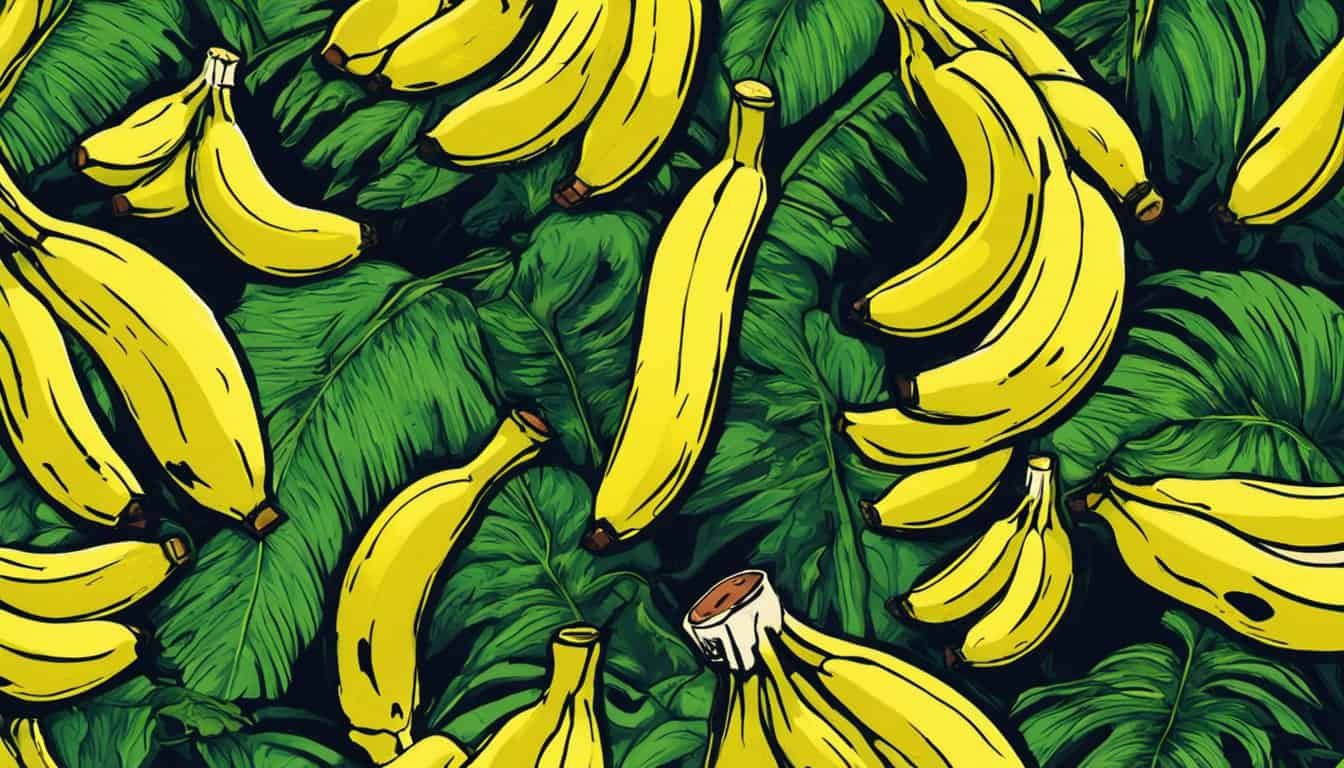
Bananas naturally add sweetness to baked goods, allowing you to reduce the amount of added sugars in your recipes. Start by using overripe bananas, which are sweeter and can compensate for less sugar. You can also experiment with natural sweeteners like honey or maple syrup in smaller quantities. Additionally, incorporating spices like cinnamon or vanilla can enhance sweetness perception without extra sugar. This approach not only makes your treats healthier but also retains their delicious flavor.
What are common mistakes when baking with bananas?
Common mistakes when baking with bananas include using bananas that are not ripe enough, which can result in less sweetness and a firmer texture. Over-mashing bananas can make the batter too thin, affecting the final product’s structure. Measuring ingredients inaccurately, especially wet and dry components, can lead to imbalanced recipes. Another mistake is not adjusting baking times when substituting ingredients like bananas for fats. To avoid these issues, follow recipes closely and use appropriately ripe bananas.
How should I store banana-based baked goods?
Banana-based baked goods should be stored properly to maintain their freshness and flavor. Keep them in an airtight container at room temperature for up to three days. To extend their shelf life, you can refrigerate them for up to a week. For longer storage, bananas can be frozen. Wrap the baked goods tightly in plastic wrap and place them in a freezer-safe container or bag. When ready to eat, allow them to thaw at room temperature or warm them slightly in the oven for a fresh taste.
Can I make gluten-free banana muffins?
Yes, you can make gluten-free banana muffins by substituting regular flour with gluten-free alternatives such as almond flour, coconut flour, or a gluten-free all-purpose blend. Ensure that the gluten-free flour mixture includes xanthan gum or another binding agent to maintain the muffins’ structure. Adding ingredients like chia seeds or flaxseeds can also help improve texture. These substitutions allow you to enjoy moist and delicious banana muffins without compromising on dietary needs.


